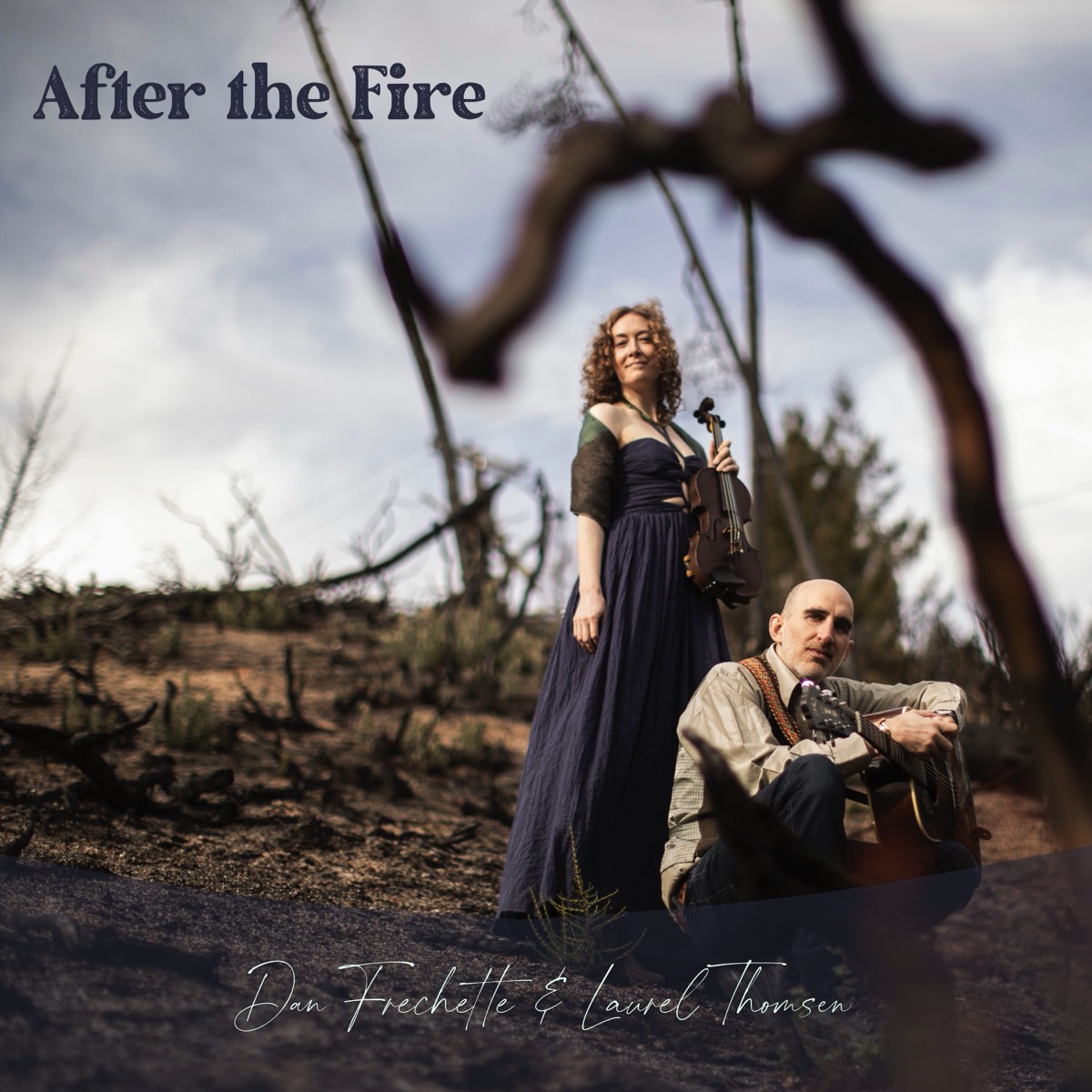I often receive emails and calls from parents and grandparents, wondering if their child is ready to start lessons or looking for advice about how to encourage their child to take more of an interest in music. First, I gather more information about the child - their age, personality, interests, activities. There are no one size fits all answers.
Some children are naturally drawn to music from a young age. They love singing, may be drawn to toy musical instruments, or may comment on music and musicians they hear or see. Others may need more exposure, or specific types of exposure in order to warm up to the idea that they too could play an instrument.
Children as young as 2 or 3 may start on the violin, though sometimes I recommend more general music lessons at this age, and activities which incorporate singing, dancing, and playing percussion instruments. Piano is also wonderful for giving a well rounded musical appreciation and knowledge, and it’s certainly easier to play simple melodies on than the violin. By the time many children are 4 or 5 they will have better coordination, listening ability, attention span, and with a good foundation of music making be better prepared to dive into violin playing.
Not to say that one cannot start playing violin, or viola as the case may be, as an older child, teenager, or even adult. For some children, ages 7-9 is when they really hit their stride and are ready for weekly lessons and daily practice. I have students of all ages blossoming into beautiful violin and viola players, even adults in their 60s and 70s!
Whatever the age, it’s best to provide access to a range of musical sounds and sights from an early age so the child can eventually make an informed choice about they type of instrument he or she would like to play. When parents or siblings already play a particular instrument, kids are less, or sometimes more inclined to want to play that instrument too. Some children want to do exactly what others around them are doing, while other personalities like pursuits where they can shine on their own. I think giving children opportunities to see many instruments in action and choose what intrigues them is very important. I’ve had many adult students come to me over the years, lamenting about how they always wanted to play the violin, but were forced to play the piano, or some other instrument the family had on hand, or even worse, a hand-me-down from an older sibling who passed along their used flute or trumpet. Decades later, the desire to play is still as strong as ever, but think of all the years they missed out on. If a child becomes serious about mastering their chosen instrument, they will spend more time with that instrument than most friendships and relationships in their lifetime!
Seek out opportunities for your child to hear music played live - a symphony family concert, folk performance, fiddle jam, a string quartet, etc. and see what inspires them. Many of my youngest students get the idea about playing from seeing someone on TV, having a friend who plays, seeing another child perform in a school talent show, or someone playing in a mall or at the airport. Sometimes just a brief encounter is all that’s needed to spark their interest.
Families need to spend time listening to a range of instruments at home. As far as Classical music and instruments that perform in the symphony, “Peter and the Wolf” and Benjamin Britten’s “Young Person’s Guide to the Orchestra” can be a good place to start listening. This is also a great book of world instruments kids and adults alike will enjoy searching through: https://amzn.to/2ZXjBqK It can be a fun family game to listen to various symphonic and contemporary recordings and try to guess what instrument has the solo. I’m amazed at how many people, even older children and teenagers, have a hard time naming a composer and have never heard of major musical genres like the Blues.
YouTube can be a wonderful resource as well, though it can sometimes take some searching. Consider some family time dedicated to exploring the sounds of a certain instrument, a family of instruments, a musical time period, a musical genre, a particular composer or songwriter, or a particular artist. Seeing a video of someone like Yo-Yo Ma performing as a child verses as an adult puts the learning process in perspective and encourages dedication over a lifetime, not just this month, this year, or until they reach high school or college (all common times for even quite talented students to sadly put their musical interests aside). Seeing violin played Classically, with an orchestra, as a Bluegrass fiddle, in a Celtic group, in a Jazz or world music ensemble, and even as a crossover instrument, a looping instrument, a rock instrument, or even electrically, shows children how many different sounds and experiences playing the violin can create.
For parents wondering if the violin or viola are good choices for their child specifically, I tend to find that kids who are thoughtful, patient, artistic, detail oriented, and curious tend to fare best with the challenges learning these instruments present. Kids who tend to get frustrated or bored easily often have a harder time.
At a young age (children under 7 or 8), it’s important to foster the idea that music is a part of life. Young children especially shouldn’t be “sent to their rooms” to practice alone. That definitely sounds like punishment to me! How about sitting down and enjoying some practice, or “jamming” as a family? In the kitchen while mom or dad is preparing a meal? On a video call with extended family? In a dedicated practice space in the family room decorated with inspiring images? How about simultaneously avoiding boredom and stimulating the child’s long term memory pathways by breaking up the 10-30 minutes of daily practice that is recommended for the youngest of students into 5-10 mini practice moments throughout the day? Just as we might have a few meals and a couple snacks throughout the day, we can incorporate violin, and music in general, into the length of the daily routine. Music makes any day more joyful, and often more productive as well.
A child’s instrument shouldn’t be locked away in a closet, on a high shelf that only mom or dad can reach, something they must ask to play or that they are forced to play before doing things they might consider more fun like eating ice cream or watching a cartoon. As squeaky as their playing might sound in the beginning, it shouldn’t be something they can only play outside their bedroom when they start to “sound better.” Upon asking parents what’s going on with practicing (when it’s apparent it really isn’t), I’ve heard all these issues mentioned on multiple occasions over the years. I’m also not personally a fan of sticker rewards. I prefer final projects like a family “recital” complete with handmade programs, or a video or audio recording that the child can enjoy digging out of the archives when they’re 80 years old.
Practice should always be infused with exploration, creativity, and curiosity. If we hear a strange sound or play an out of tune note, we should help the child build the habit of saying “hmmm, what was that?” as we dive in with our detective hats. I receive a lot of students from other teachers and am disheartened by how many are programmed to say “sorry” every time they play a wrong note, deflating a little more each time it happens. Why so “sorry”? How about just an “oh, that sounded funny! Let me try again”?
Likewise, I witness students eyes and ears blast open when I introduce the concept of musical moods. They might have heard of major and minor before, but were never shown how our note choices, as well as articulations and vibrato can help us convey emotion and tell a story. It’s such a shame to just check the box on song after song like we’re trying to finish a bunch of math equations which we’ll either get right or wrong. Without a glimmer of the artistry possible on these instruments, it’s no wonder so many people have traditionally grown up hating having to practice!
Time is also an important consideration that is often in short supply. When children aren’t practicing or taking a strong interest in music, sometimes it’s simply because they’re over-scheduled and can’t take on any more activities. I vividly remember a six year old student moaning about not practicing because she’d had such a busy week she “didn’t even have time to play!” She thankfully worked it out however. She’s still my student and now approaching the end of high school.
As a young child I was taking ballet classes, art classes, piano lessons, horseback riding lessons, taking part in a choir, and performing in plays. Some activities were off and on, some I took part in consistently, but a year or so into violin lessons everything else petered out, and for the remainder of my childhood, my focus was violin, private lessons, and the opportunities I had to take part in the youth orchestra, music camps, etc.. I would have loved to continue doing everything else as well, but in addition to school, homework, family time, and play dates with friends, the simple fact was that there was only so much time available.
The violin and viola are instruments that can sound incredibly beautiful and emotive, or unfortunately, absolutely terrible! Trying to play them is not recommended as a short term whim or once-in-a-while hobby, however, consistent dedication is consistently rewarded, at any age and level of ability.

